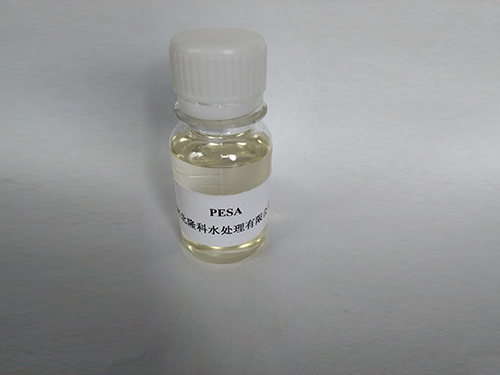Effectiveness of Polyaluminium Chloride in Water Treatment Processes and Applications
Poly Aluminium Chloride in Water Treatment
Water treatment is an essential process worldwide, aimed at providing safe and clean drinking water for communities and industries. Among the various coagulants used in the water treatment process, Poly Aluminium Chloride (PAC) has gained significant prominence due to its effectiveness and efficiency in removing impurities from water. This article delves into the characteristics, applications, and advantages of PAC in water treatment.
Poly Aluminium Chloride is an inorganic polymer that is synthesized by the hydrolysis of aluminium chloride in a basic environment. It appears as a yellowish powder or liquid and consists of multiple aluminum ions combined with chloride ions. Its unique structure allows it to perform remarkably well as a coagulant, making it a popular choice for treating both drinking water and wastewater.
Poly Aluminium Chloride in Water Treatment
One of the defining advantages of using PAC compared to traditional coagulants like alum is its enhanced performance at lower doses. Studies have shown that PAC can achieve comparable or superior turbidity removal with significantly less chemical. This not only reduces the overall chemical costs in the water treatment process but also minimizes the production of sludge, easing the burden of waste management. Moreover, the lower dosage of PAC can lead to a reduction in the residual aluminum content in treated water, addressing potential environmental and health concerns associated with aluminum exposure.
polyaluminium chloride water treatment

Additionally, PAC exhibits a rapid settling property. This is particularly beneficial for water treatment plants that require quick turnaround times, as faster sedimentation leads to improved overall efficiency. The flocs produced by PAC are larger and heavier, which facilitates their quick removal from the water column. This feature is particularly valuable during high turbidity events, such as heavy rain or floods, when the ability to quickly clarify water is crucial.
Another compelling advantage of PAC is its effectiveness in treating a wider array of contaminants. It has shown great performance in removing not just suspended solids but also organic pollutants, colors, and even certain pathogens. This broad spectrum of treatment capability makes PAC a suitable choice for various applications, from municipal water supplies to industrial wastewater treatment.
Despite its advantages, it is important to note that careful dosage and monitoring are required when using PAC. The optimal dosage can vary based on the specific characteristics of the water being treated, including its turbidity, pH, and temperature. Ongoing monitoring of water quality is essential to ensure that treatment goals are achieved without causing any adverse effects.
In conclusion, Poly Aluminium Chloride is a powerful tool in the repertoire of water treatment chemicals. Its efficiency in coagulation, lower required dosages, rapid floc settling, and versatility in treating different types of contaminants make it an attractive choice for municipalities and industries alike. As global water scarcity and quality issues continue to rise, the use of effective coagulants like PAC will be integral to advancing water treatment technologies and ensuring access to clean water for all. Continued research and innovation in this field will further enhance the capabilities of PAC and contribute to sustainable water management practices worldwide. The future of water treatment looks promising with advancements in coagulant technologies such as Poly Aluminium Chloride, aiding in the quest for cleaner, safer water.
-
Water Treatment with Flocculant Water TreatmentNewsJun.12,2025
-
Polymaleic AnhydrideNewsJun.12,2025
-
Polyaspartic AcidNewsJun.12,2025
-
Enhance Industrial Processes with IsothiazolinonesNewsJun.12,2025
-
Enhance Industrial Processes with PBTCA SolutionsNewsJun.12,2025
-
Dodecyldimethylbenzylammonium Chloride SolutionsNewsJun.12,2025





